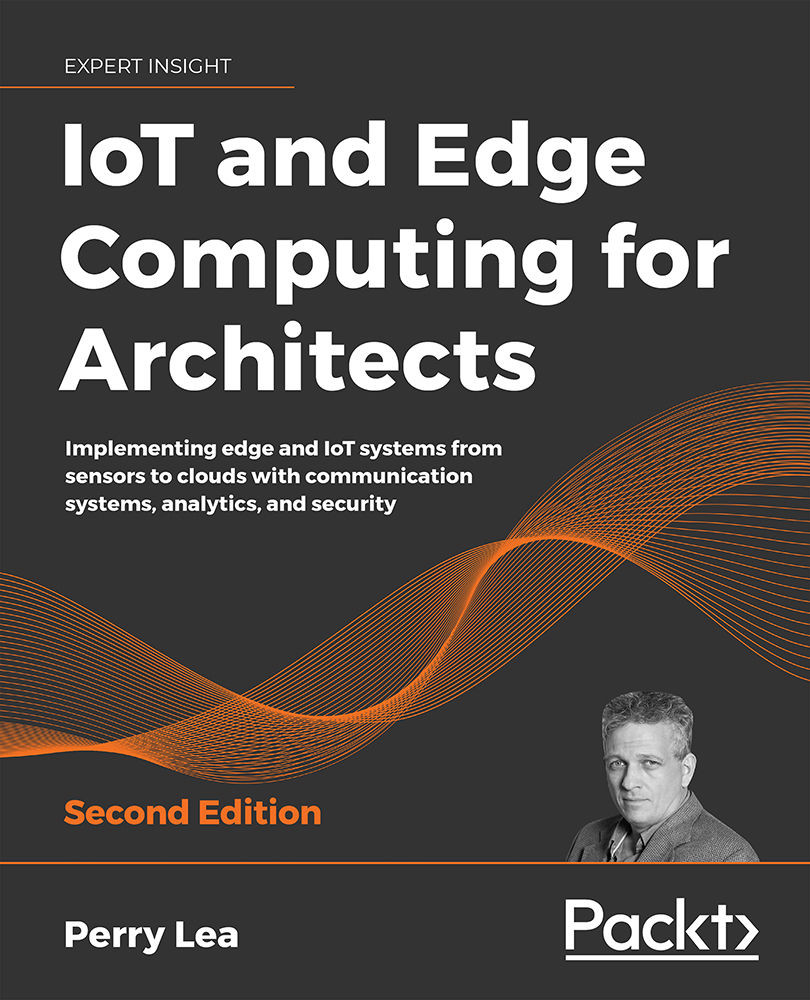Edge platforms
The software and applications running on the edge define its purpose. As you scale edge devices, managing them remotely becomes the challenge. Certainly, custom control and deployment models exist and are used in production. However, today, we have commercial off-the-shelf edge management frameworks as well as container-based methodologies that ease the burden of deploying software in a secure and controlled manner to remote edge computers.
In either case, we want the software and system to be:
- Robust: Capable of receiving, reimaging, and rerunning software as it is deployed
- Controlled: Having a central cloud or service that manages and monitors the deployment
- Responsive: Reporting back information on the success or failure of software reimaging
Virtualization
We can contrast the types of virtualization as follows:
Hardware virtualization: A hardware-level abstraction that is generally capable of running any...






































































